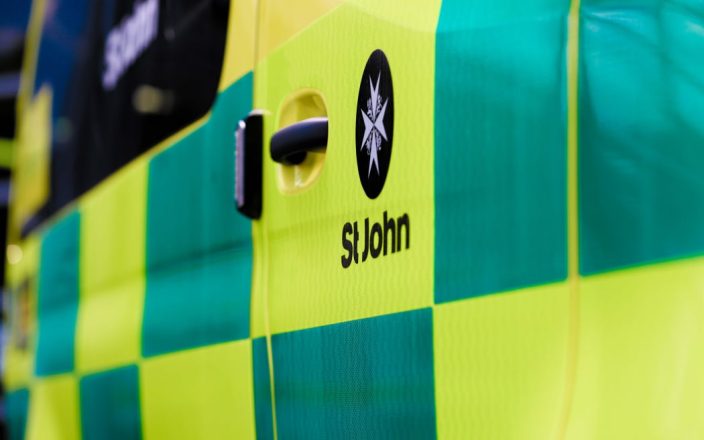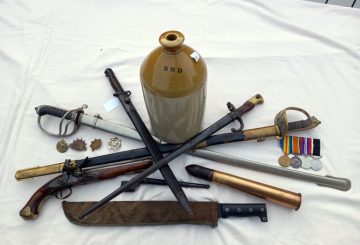Pekerja ambulans dan penerima panggilan di St John Ambulance akan mogok untuk pertama kalinya. Pemogokan 24 jam ini akan terjadi pada hari Selasa, tetapi St John berjanji untuk tetap menanggapi keadaan darurat yang mengancam jiwa. Orang-orang dapat terus menelepon 111 untuk meminta bantuan.
Pemogokan akan mempengaruhi pekerja selama empat jam pertama shift mereka, dari jam 4 pagi pada hari Selasa hingga 4 pagi pada hari Rabu. Waktu tersibuk selama pemogokan adalah dari pukul 6 pagi hingga 10 pagi dan 6 sore hingga 10 malam, ketika sebagian besar staf dijadwalkan untuk bekerja.
Mark Quin, sekretaris Asosiasi Ambulans Selandia Baru, menyatakan kekecewaan tentang pemogokan tersebut. Dia mengatakan para pekerja frustrasi setelah 19 bulan pembicaraan gagal. “Ini memusnahkan. Ini pertama kalinya kami harus menarik tenaga kerja kami. Staf sudah cukup,” katanya. Dia menyebutkan bahwa para pekerja bersatu dan marah pada St John atas situasi tersebut.
St John Ambulance mengklaim tidak dapat meningkatkan tawaran gajinya tanpa lebih banyak dana pemerintah. Dan Ohs, direktur operasi ambulans, mengatakan pekan lalu mereka membuat tawaran baru kepada serikat pekerja setelah menerima dana. Namun, tawaran itu tidak cukup, dan pembicaraan gagal. St John memutuskan untuk mempersiapkan pemogokan alih-alih melanjutkan negosiasi.
Ohs menyebutkan bahwa Health New Zealand dan ACC menyadari situasi tetapi tidak memiliki dana tambahan untuk membantu St John. Dia berharap mereka akan merekomendasikan lebih banyak uang kepada para menteri, yang kemudian dapat digunakan untuk gaji staf.
Namun, Quin menunjukkan bahwa serikat pekerja merasa terjebak antara St John, penyandang dananya, dan pemerintah. Dia mengangkat keprihatinan tentang manajemen keuangan St John dan mempertanyakan ke mana pendanaan itu pergi. Dia mencatat bahwa tawaran gaji saat ini bahkan tidak mengimbangi inflasi.
Sepertinya pemogokan berikutnya akan berlangsung seperti yang direncanakan pada hari Sabtu, mulai pukul 4 pagi. Serikat pekerja dan St John tidak akan bertemu lagi sampai 29 dan 30 Agustus. Quin mengatakan serikat pekerja terbuka untuk negosiasi kapan saja dan sedang menunggu St John untuk menghubungi.





























































